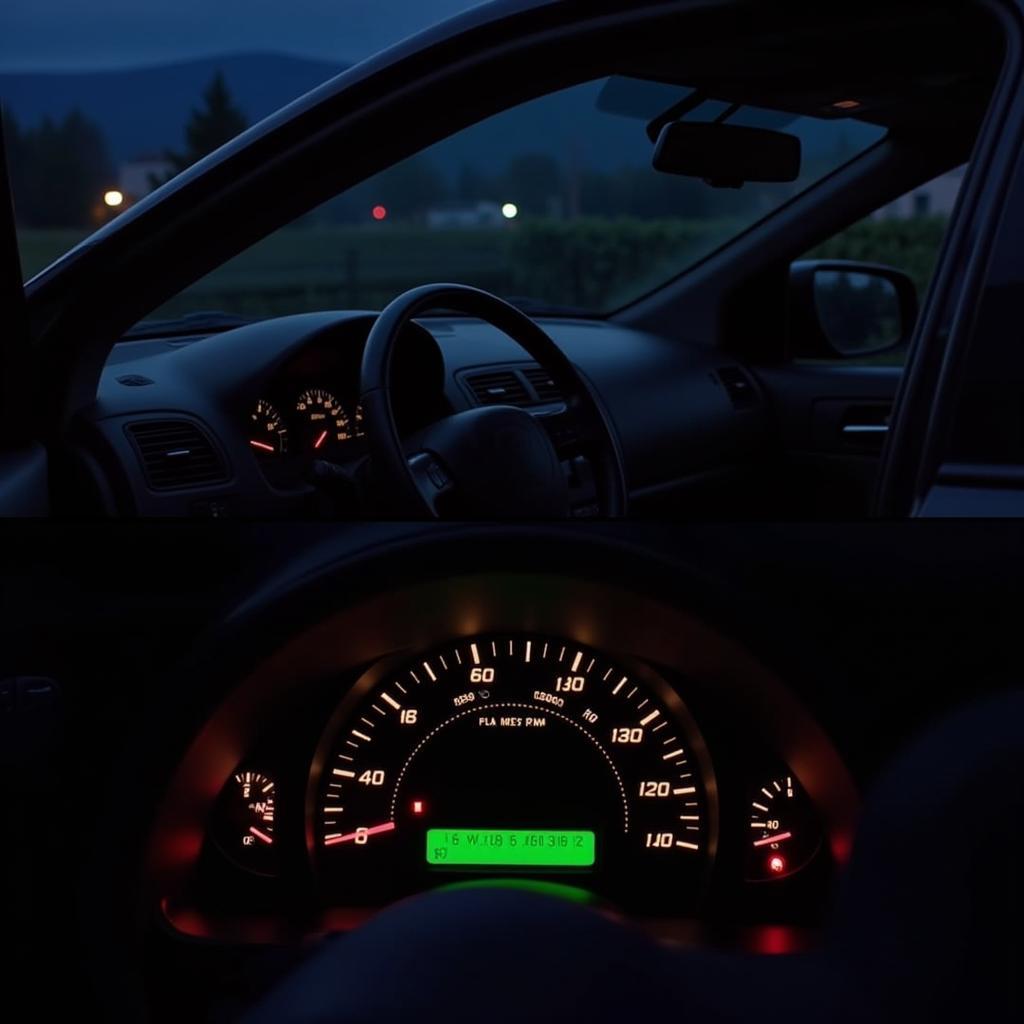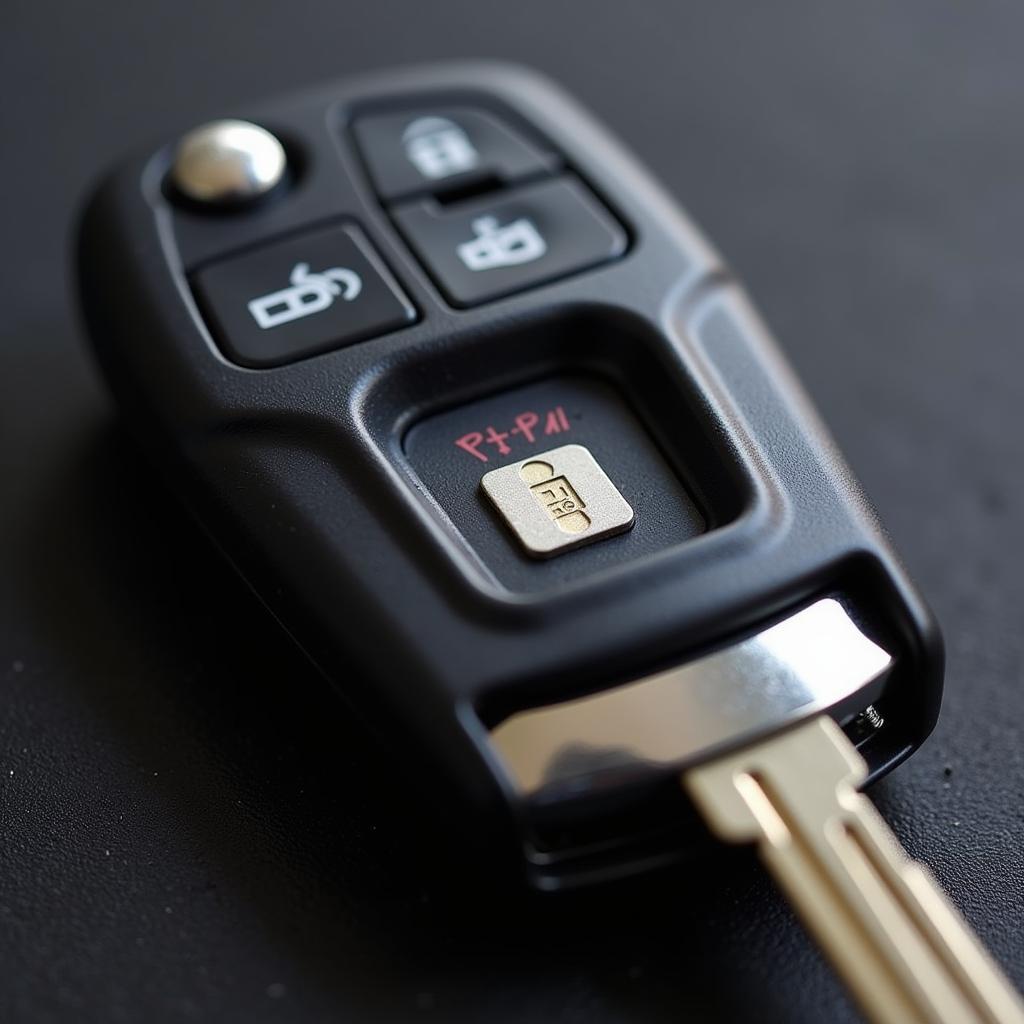A dead battery is a frustratingly common car problem. Understanding the cause of dead battery issues can save you time, money, and a whole lot of hassle. This article dives deep into the various reasons why your car battery might be giving up the ghost, from simple fixes to more complex electrical issues. Let’s get started!
Common Causes of a Dead Car Battery
Several factors can contribute to a dead battery. Some are easy to diagnose and fix, while others require a more in-depth approach. Here are some of the most common culprits:
- Leaving Lights On: This classic mistake is a leading cause of dead batteries. Interior lights, headlights, or even trunk lights left on overnight can drain your battery completely.
- Extreme Temperatures: Both extreme heat and extreme cold can affect a battery’s performance. Heat can evaporate the battery fluid, while cold can slow down the chemical reactions needed to produce power.
- Old Age: Like any component, car batteries have a limited lifespan. Typically, a car battery lasts between three and five years. After that, its capacity to hold a charge diminishes.
- Corrosion: Battery terminals can corrode over time, hindering the flow of electricity. This corrosion often appears as a white, powdery substance around the terminals.
- Short Circuits: A short circuit in the electrical system can drain the battery rapidly, even when the car is off. This requires professional diagnosis and repair.
- Faulty Alternator: The alternator recharges the battery while the engine is running. A failing alternator won’t recharge the battery properly, eventually leading to a dead battery.
 Car Battery Dead Due to Lights Left On
Car Battery Dead Due to Lights Left On
How to Diagnose the Cause of Dead Battery Problems
Determining the cause of dead battery problems often requires some detective work. Here’s a step-by-step guide to help you pinpoint the issue:
- Jump Start the Car: If the car starts after a jump start, it indicates a problem with the battery or charging system.
- Check the Battery Terminals: Inspect the battery terminals for corrosion. If present, clean them with a wire brush and a baking soda and water solution.
- Test the Battery: Use a multimeter to check the battery voltage. A fully charged battery should read around 12.6 volts.
- Test the Alternator: With the engine running, the multimeter should read between 13.5 and 14.5 volts. A lower reading suggests a faulty alternator.
Preventing a Dead Battery
Preventing a dead battery is often easier than dealing with the consequences. Here are some preventative measures:
- Regular Battery Checks: Have your battery tested regularly, especially during extreme temperatures.
- Clean Battery Terminals: Keep the battery terminals clean and free of corrosion.
- Turn Off All Lights: Double-check that all lights are off before leaving your car.
- Limit Short Trips: Short trips don’t give the alternator enough time to fully recharge the battery.
- Consider a Battery Maintainer: A battery maintainer can help keep the battery charged, especially during periods of inactivity.
What if My Smart Car Battery is Dead?
Smart cars, like electric vehicles, also rely on a 12V battery for essential functions. If your smart car battery is dead, the causes are often similar to conventional vehicles. However, diagnosing and addressing the issue may require specialized knowledge and tools.
“Smart car batteries can be particularly susceptible to parasitic drain due to the complex electronics involved. A thorough diagnostic scan is often necessary to identify the source of the drain.” – John Smith, Automotive Electrical Engineer
EV 12V Battery Dead? Here’s What to Do
Even though electric vehicles (EVs) are powered by a high-voltage battery, they still have a 12V battery for accessories and other systems. If your EV’s 12V battery is dead, it can prevent the car from starting. Jumping the 12V battery in an EV might differ from a conventional vehicle; always consult your owner’s manual for the proper procedure.
“The 12V battery in an EV plays a crucial role in powering essential systems. Regular maintenance and checks can help avoid unexpected issues.” – Jane Doe, EV Specialist
Testing for Parasitic Drain
parasitic car battery drain test
A parasitic drain occurs when something in the electrical system draws power even when the car is off. This can slowly drain the battery over time. Performing a parasitic drain test can help identify the culprit.
Conclusion
Understanding the cause of dead battery problems is crucial for any car owner. From simple fixes like cleaning corroded terminals to more complex issues like a faulty alternator, being aware of the potential problems and knowing how to diagnose them can save you time and money. By following the preventative measures outlined in this article, you can significantly reduce the risk of experiencing a dead battery in the future. Remember, a little preventative maintenance goes a long way!


